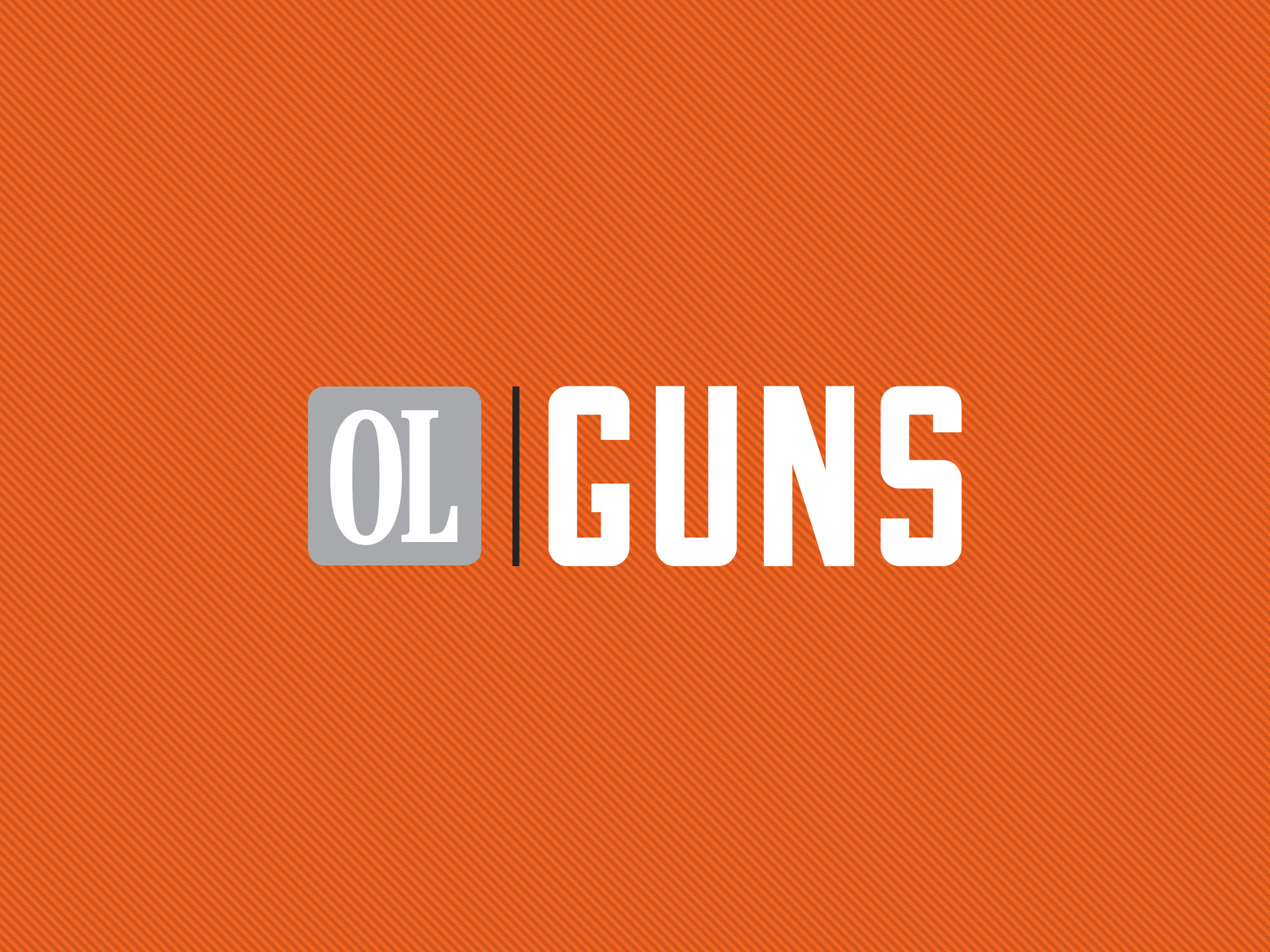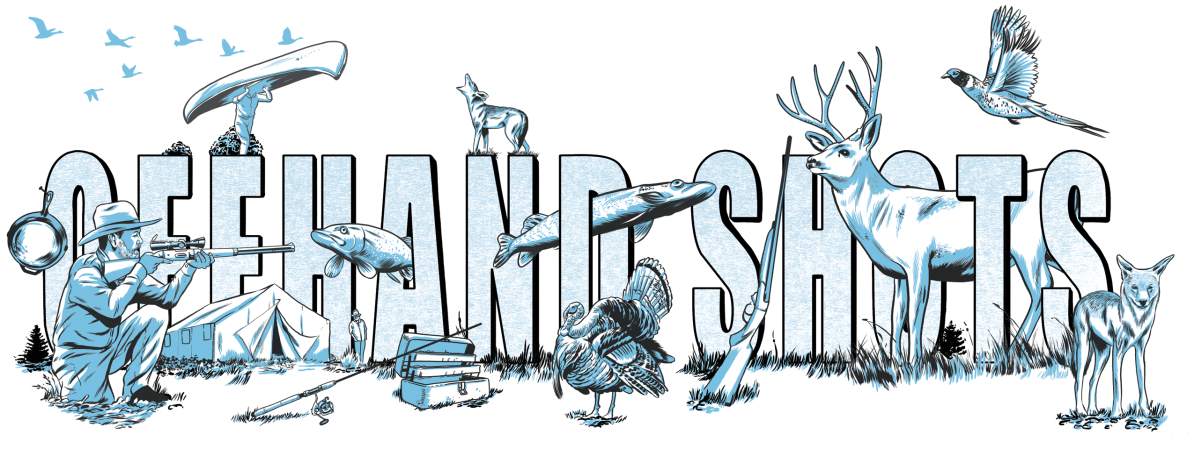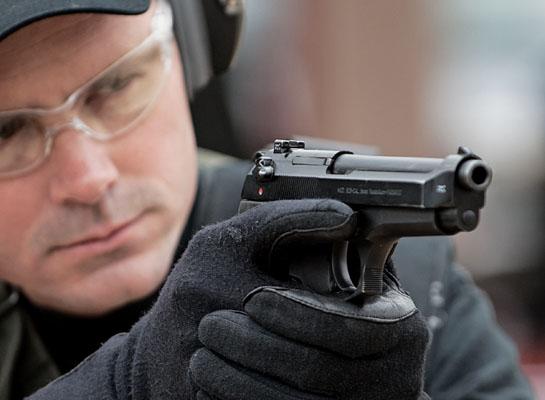We may earn revenue from the products available on this page and participate in affiliate programs. Learn More ›
Part of the reason was because they were available. I had wanted to shoot Merkel’s K1 for more than a year, and at a shade over 5 pounds the break-open “rucksack” rifle was a delight to carry across the West Texas range. I bought the Number 1 as a kids gun years ago, but because my children are still too young to hunt I decided to break it in on a home-country pronghorn.
But another reason is restraint. I’ve seen plenty of hunters blaze away at antelope, using the first round as a ranging shot and hoping to connect on the subsequently running pronghorn with their fourth or fifth – or ninth – shot. By limiting myself to one well-placed shot I hoped to spend my time and talent getting close, not fine-tuning my lead on smoked up “speed goats.”
After the hunt I decided to time five shots from my Ruger and five from my go-to antelope rifle, a Savage 111 in .25-06. The idea was to see how badly I’m handicapping myself with the single shot. The results were interesting, if not surprising.
I managed to shoot five rounds from the single shot in 38 seconds, and they miked at 1.45 inches at 100 yards. In comparison I got off five shots from the bolt-action Savage in 31 seconds and they measured 1.80 inches.
I might have shot a little quicker with the Ruger, but as anyone who’s handled the Number 1 knows, extracting the spent cartridge requires some nimble fingers to pluck it off the feeding groove.
Will the difference in following shots matter in the field? In some cases, probably. It’s hard to stay in the scope when you’re ejecting and reloading. But I’d like to think that knowing they have just one bullet in the gun makes hunters work for shot selection, not firepower.
Andrew McKean




